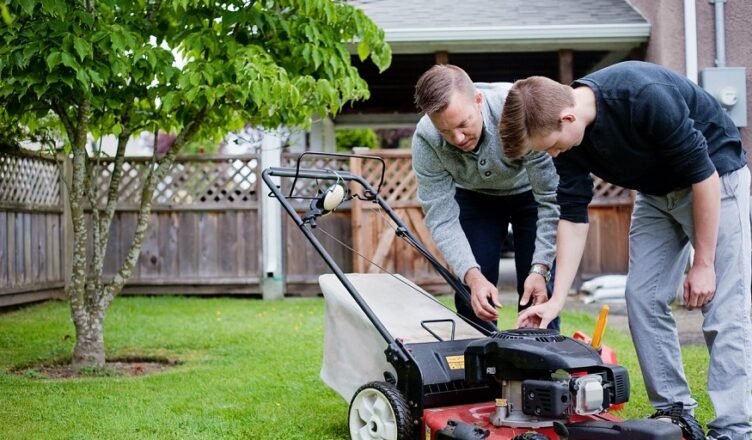Lawn mower issues occasionally arise that disrupt your yard work. But many common mower problems are quickly identified and resolved with simple troubleshooting techniques and basic mechanical skills. Knowing potential causes and solutions for common failures allows restoring normal operation yourself instead of enduring lengthy downtime. First, check if the fuel tank is filled. Confirm the spark plug, air filter, and carburetor are clean and free of built-up gunk inhibiting engine function. Examine if any loose wiring is impacting ignition components. Ensure the blade control is disengaged.
When the pull cord struggles, problems with the recoil spring or starter may exist.
Engine stalls out and loss of power
Insufficient fuel supply from a clogged filter, debris in the carburetor, or a failing fuel pump can cause sputtering and stall outs. Similarly, a lack of airflow from a dirty air filter or choked exhaust will cut off the engine. Check these components first if the mower won’t stay running. Slowing and loss of power frequently stem from a lack of maintenance. Replace air filters and change the oil if long overdue. Examine the carburetor float for obstructions preventing proper fuel mixing. A glazed or fouled spark plug also quickly causes power loss. Restore optimal engine performance.
Imbalanced, bent, or warped blades lead to heavy vibration along with loose engine mounts or damaged spindles/bearings. Inspect each component and replace damaged parts. Scalping results from setting the deck too low or unevenness from dull, bent, or improperly spaced blades. Raise the cutting height incrementally to find the ideal level. Sharpen or replace worn blades so they cut cleanly and evenly across the full cutting width.
Rough cut quality
In addition to dull blades, matted grass buildup under the deck and clogged discharge chutes inhibit cutting performance. Remove debris buildup. Check blade sharpness. Ensure height is aligned properly relative to grass length and season. Sharpening blades often fix cutting quality. Like vibration, new rattling noises signal something loose or broken. Inspect belts, blades, engine mounts, and covers for cracks and missing hardware. Replace damaged parts. Don’t operate with odd new sounds present until the cause is found and repaired.
Hard to push/loss of speed
Insufficient rear wheel traction makes mowers difficult to push and slows forward speed. This results from wheel misalignment, low tire pressure, belt slippage, or worn wheels. Correct alignment, properly inflate tires, replace belts, and upgrade wheels to restore optimal function. If under the mower, oil, and gas leaks indicate worn gaskets, loose fittings, or cracked hoses needing replacement. But leaks could also come from the engine itself if using oil, signaling bigger issues. Monitor leak severity and fix promptly before operating to prevent fires.
Linkages connecting the transmission to shift levers fall out of adjustment over time and prevent smooth gear changes. Adjust linkage alignment per the manual instructions to restore crisp gear changing. Replace rounded nubs or worn shift joints if needed. Catching issues early and performing basic troubleshooting preserves ferris lawn mowers function and avoids costly repairs. With routine maintenance and inspection, many problems will be prevented before they occur.

